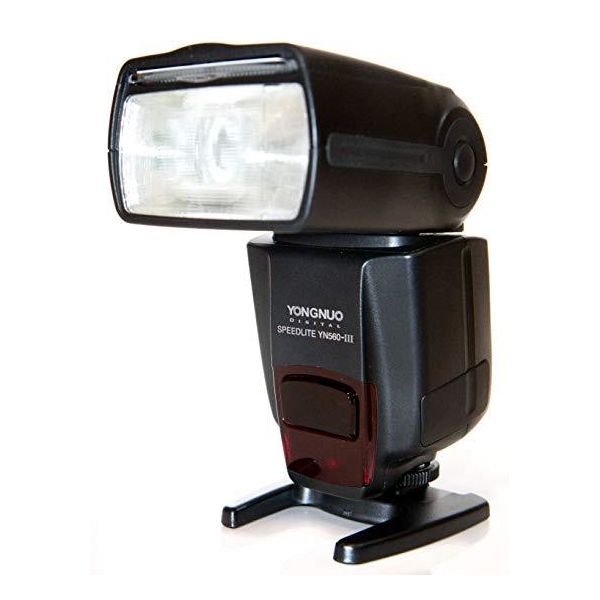J. Patterson
- Comment















